Medical news September 22: Recommendations for disease prevention after floods; Parasitic infections increase
Every month, a medical facility in Ho Chi Minh City records about 200 cases of parasitic infections of various types in both children and adults.
Increased cases of parasitic diseases
For nearly 5 years, Ms. LTHV (54 years old, Binh Dinh) has been continuously suffering from severe itching lasting for many hours due to urticaria. The erythematous rash appears at any time, scattered all over the body, affecting work, daily life, and sleep. Ms. V. went to many places for examination but could not find the cause of the urticaria, the disease recurred continuously.
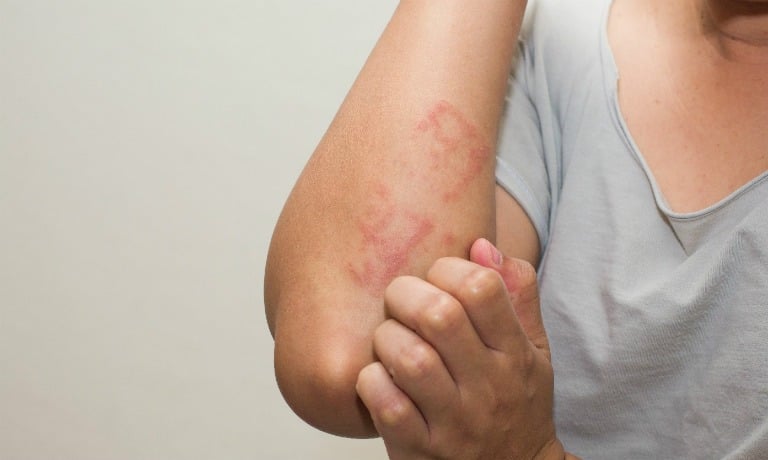 |
| Illustration |
At the hospital, the patient was assigned to screen for the cause of hives such as parasite testing, testing for 60 allergens... The results showed that Ms. V. was infected with dog and cat roundworms and strongyloidiasis.
After two weeks of treatment with special antiparasitic drugs, tests showed that there were no more roundworms or strongyloidiasis in the patient's body. The patient's hives gradually decreased.
Also coming to the clinic because of erythematous rash with blisters, scaly skin, itching most at night on the neck, chest, shoulders, armpits, arms, and private areas, Mr. MKQ (28 years old, Ho Chi Minh City) was unexpectedly diagnosed with scabies and skin fungus.
He said the symptoms appeared a week ago, thinking it was a common insect bite, he did not go to the doctor until he was so itchy that he could not sleep at night. His wife and two children who attend kindergarten also tested and found many scabies on the sample.
The patient’s family was instructed to spray the scabies medicine on the skin, from the neck to the entire body, leaving it on the skin for 8-12 hours a day for a week. At the same time, wash, dry in the sun or dry, iron and spray the medicine on household items, especially bedding, clothes, helmets, etc. for 8 days. Mr. Q., after the scabies are cured, will treat the fungus to avoid the risk of skin irritation.
Explaining why people infected with parasites often have hives and itch a lot, Dr. Dang Thi Ngoc Bich, Head of Dermatology - Skin Aesthetics, Tam Anh General Hospital, Ho Chi Minh City and Tam Anh General Clinic, District 7, said that the immune system recognizes parasites as foreign objects, so it will react to destroy and eliminate parasites from the body.
This process releases large amounts of histamine, causing inflammation and swelling of capillaries under the skin, leading to redness, rashes, itching and discomfort. Waste from parasites accumulates in the skin, over time also causing swelling and skin damage.
However, parasites are just one of many causes of hives and itchy skin. Therefore, when experiencing itchy symptoms, patients should go to the doctor for testing, find the exact cause and have an appropriate treatment plan.
Dr. Bich said that there are three main types of parasites that cause disease in humans, including fungi, protozoans (amoeba, coccidia, malaria, etc.), helminths (roundworms, whipworms, hookworms, thorny-headed worms, strongyloides, liver flukes, lung flukes, tapeworms, pork tapeworms, etc.) and ectoparasites (ticks, lice, scabies, mites, etc.).
According to Dr. Le Minh Chau, Dermatology - Cosmetic Dermatology specialist, Tam Anh General Hospital, Ho Chi Minh City, our country is located in the tropical zone, especially in the South, the hot and humid weather all year round is very favorable for the development and spread of fungal diseases.
Other factors that cause many people to be infected with parasitic diseases, including scabies, are living in unsanitary environments, living in communal environments, sharing personal hygiene items such as towels, clothes, etc.
People's living habits and some occupations that are in direct contact with soil and water such as farmers, aquaculture workers, environmental sanitation workers, etc. have a higher rate of worm infection.
Protozoan parasites and worms (eggs, larvae, and adults) are often found on vegetables, fruits, and animals such as cows, pigs, fish, crabs, eels, frogs, birds, and snakes. People who have the habit of eating raw vegetables, raw meat, rare meat, blood pudding, fermented pork rolls, salted meat, etc. are at high risk of infection.
The hobby of raising, hugging, and sleeping with dogs and cats but not regularly deworming them or letting them roam freely also causes many people to become infected with parasites.
Doctor Chau said that pets infected with worms, after parasitizing in the pet's body, they lay eggs and release them into the environment through feces.
Dogs and cats' anuses contain many worm eggs. When they lick their anuses and then lick their bodies and household items, the eggs spread everywhere. Worm eggs fly in the air, stick to food and enter the human body, said Dr. Chau.
Depending on the type of parasite and its location in the human body, there are different harmful effects, said Dr. Long. Parasites cause dermatitis, hives, and infections; when they enter the liver, eyes, brain, and spinal cord, they cause related symptoms such as decreased vision, blindness, nerve pain, paralysis, coma, and can lead to death.
To prevent parasitic infections, doctors recommend eating cooked food, drinking boiled water, and limiting the consumption of raw salads, rare foods, blood pudding, and raw vegetables. People should wash their hands regularly with soap and clean water before and after eating; after contact with soil, sand, dirty water sources, animals; after using the toilet, etc.
Collect waste in the right place, regularly clean dog and cat cages and deworm periodically. In addition, each person should proactively deworm periodically at least twice a year.
Recommendations for disease prevention after flood
After the storm and flood, clean up the environment wherever the water recedes. Clean up all the surrounding environment such as dealing with mud pollution, dealing with buried animal carcasses, dealing with house pollution and all pollution around the house...
It is very important to solve the problem of providing clean water to people. In the countryside there are wells, in the city there are water tanks, we have to sweep away the mud, wash, disinfect the water with chloramine B before using.
Experts note that there are diseases that can be contracted after floods, and diseases that can easily break out, such as dengue fever and malaria, so measures must be taken for each disease. After floods, diseases that have vaccines that can break out must be prevented by getting vaccinated on schedule and with enough doses.
Associate Professor, Dr. Tran Dac Phu, former Director of the Department of Preventive Medicine, Ministry of Health, the task of preventing and fighting epidemics after storms and floods is the responsibility of authorities at all levels, sectors, and the health sector is the advisory body. Preparations before, during, and after storms and floods should not be done after the storms and floods, but should have a plan approved by the People's Committee of the province or city, and tasks assigned depending on the characteristics of each locality.
Before the storm, the health sector must train to improve response capacity; prepare well medicines, medical supplies, vehicles, disinfectants, rescue vehicles; communicate and instruct people on how to handle the environment, disinfect, use clean water, food safety, etc. to prevent and fight epidemics; compile statistics on emergency cases that may occur during storms and floods such as pregnant women and vulnerable groups to do a good job of preparation.
During storms and floods, in addition to providing guidance on disease prevention and control, the health sector should do everything possible to reach people as soon as possible, such as: distributing medicine, disinfecting to have clean water for use, and consulting people with emergency diseases such as appendicitis, childbirth, stroke, etc. so that they can go to medical facilities as soon as possible.
After the storm and flood, continue to guide people to treat the environment as the water recedes. Pay attention to diseases that occur after the storm and flood such as physical decline due to overwork; psychological trauma due to loss of property and loved ones to provide timely advice. The sooner the medical team reaches the patient, the more effective the results will be.
For people, prevention is better than cure. Before storms and floods, it is necessary to prepare disinfectants and essential medicines, ensure personal hygiene, and keep the body free of fungus, dermatitis, and pink eye. People should not hesitate to approach medical staff. Do not hesitate because just hesitating to approach medical staff can turn chronic diseases into acute ones, endangering life.
The disease burden caused by sugar-sweetened beverages
In Vietnam, soft drink consumption (a popular sugary drink) has increased sharply in recent years. According to Statista, the average soft drink consumption per capita in Vietnam in 2013 was 35.31 liters/person, increased to 46.59 liters in 2016 and increased to 50.09 liters in 2020.
Between 2002 and 2016, consumption of carbonated beverages tripled, sports drinks and energy drinks increased ninefold, and instant tea/coffee products increased sixfold.
According to statistics from the Department of Preventive Medicine, Ministry of Health; on average, a Vietnamese person consumes about 46.5g of free sugar/day, close to the maximum limit (50g/day) and nearly double the recommended consumption level of the World Health Organization, which is less than 25g/day. Vietnam is a country with a population aged 15-45 accounting for more than 46%. This age group is considered to have a high demand for soft drinks and is the target of the soft drink industry.
The results of the 2019 global survey on student health show that: 33.96% of Vietnamese students use carbonated soft drinks at least once a day, a higher rate than in 2013 (30.17%). In households, the consumption rate of sugary drinks has also increased from 56.22% in 2010 to 69.76% in 2016. This consumption level is forecast to increase in the following years.
Sugary drinks are also the cause of at least 9 groups of diseases (risk of overweight and obesity, type 2 diabetes, metabolic syndrome, cardiovascular, urinary, digestive, gastrointestinal cancer, dementia...).
Sugary beverage consumption has serious economic impacts, not only at the national level but also across different groups of people.
According to research by the World Health Organization (WHO), consuming a lot of sugary drinks is a cause of overweight and obesity. When drinking sugary drinks, we will feel full but then we do not reduce the amount of food we take in.
Consuming a lot of sugary drinks increases the risk of metabolic disorders and other non-communicable diseases. The sugar in sugary drinks changes the body's metabolism, affecting insulin, cholesterol and metabolites, causing high blood pressure and inflammation.
These changes to the body increase the risk of type 2 diabetes, cardiovascular disease, tooth decay, metabolic syndrome, and liver disease.
Source: https://baodautu.vn/tin-moi-y-te-ngay-229-khuyen-cao-phong-benh-sau-mua-lu-tang-cao-ca-benh-mac-ky-sinh-trung-d225553.html






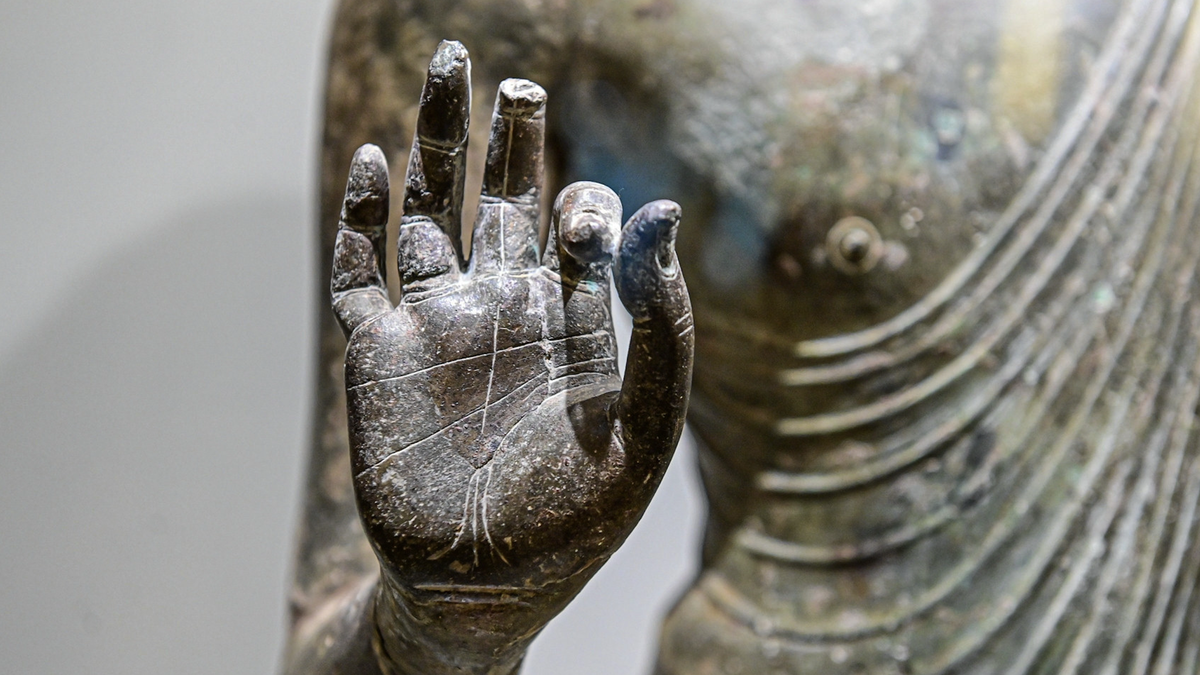



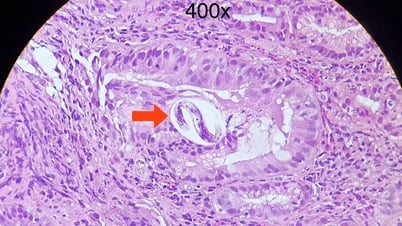

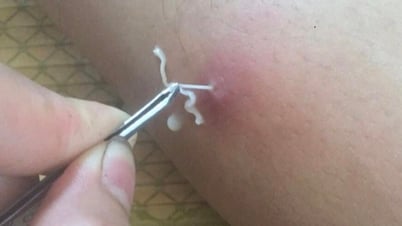


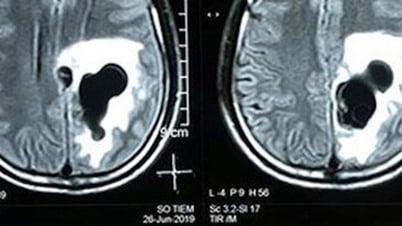





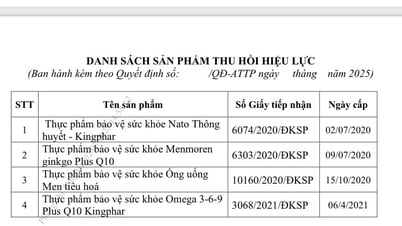


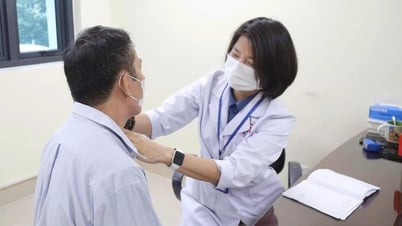














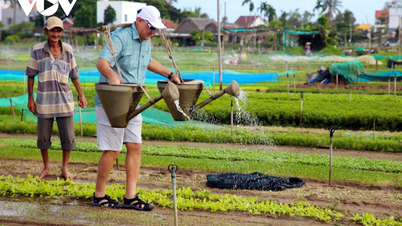



























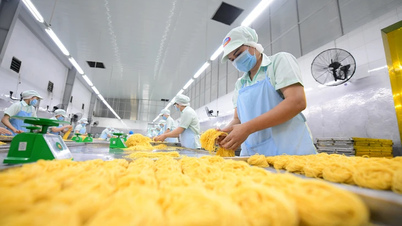





































Comment (0)